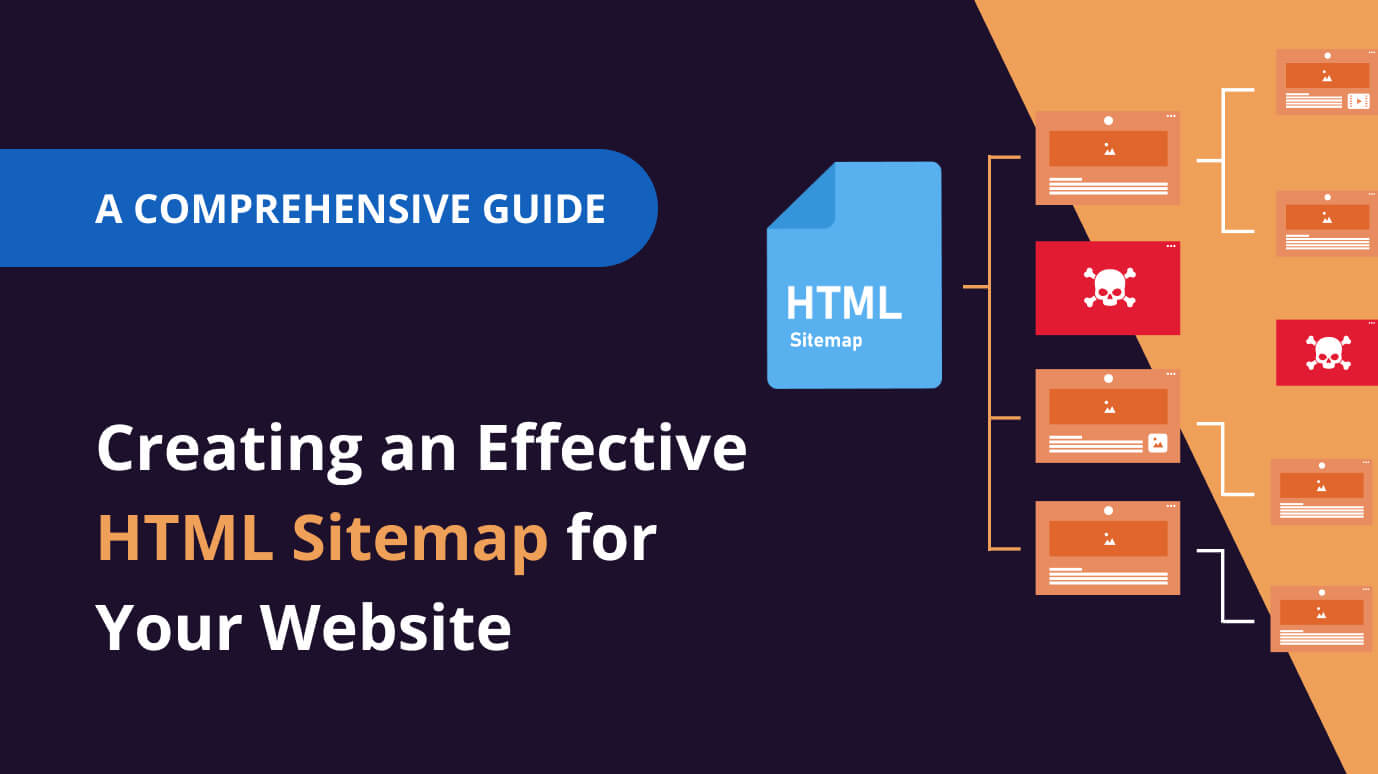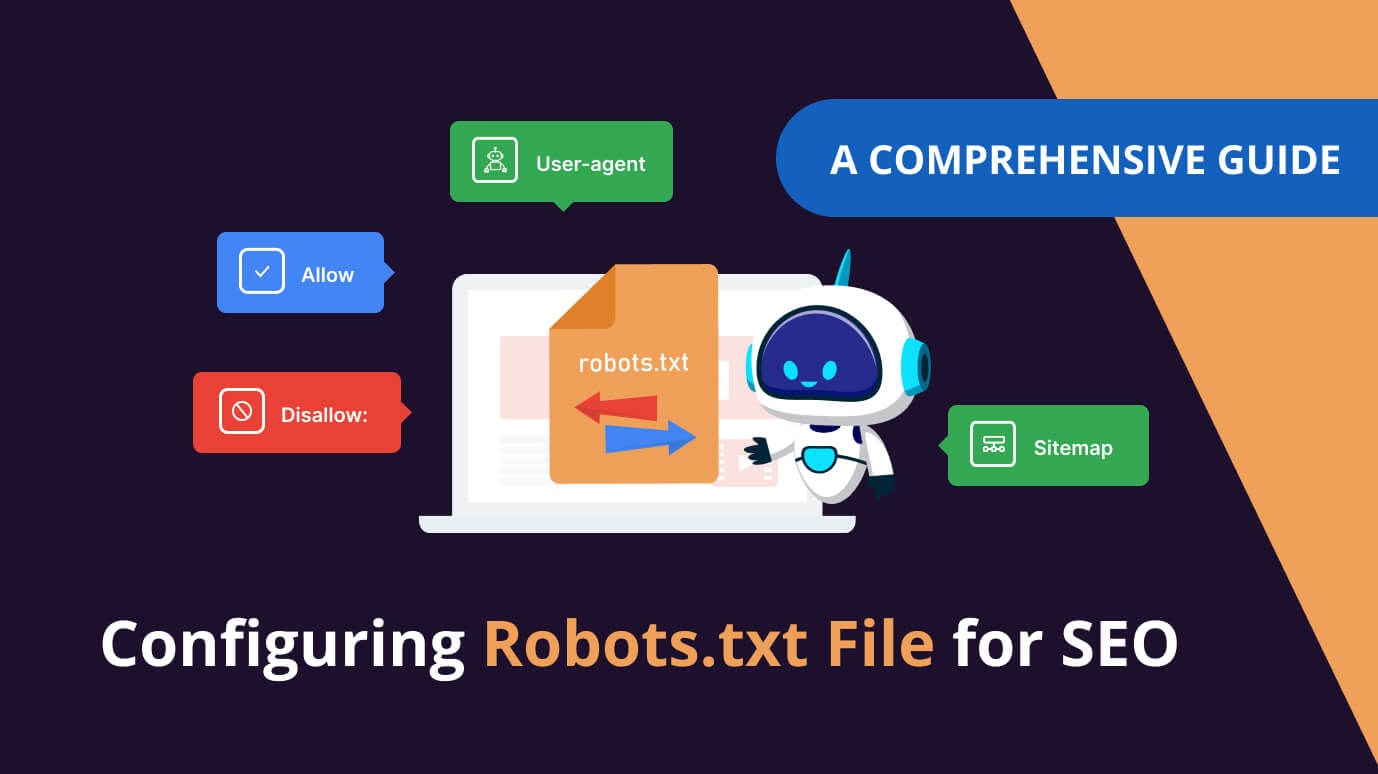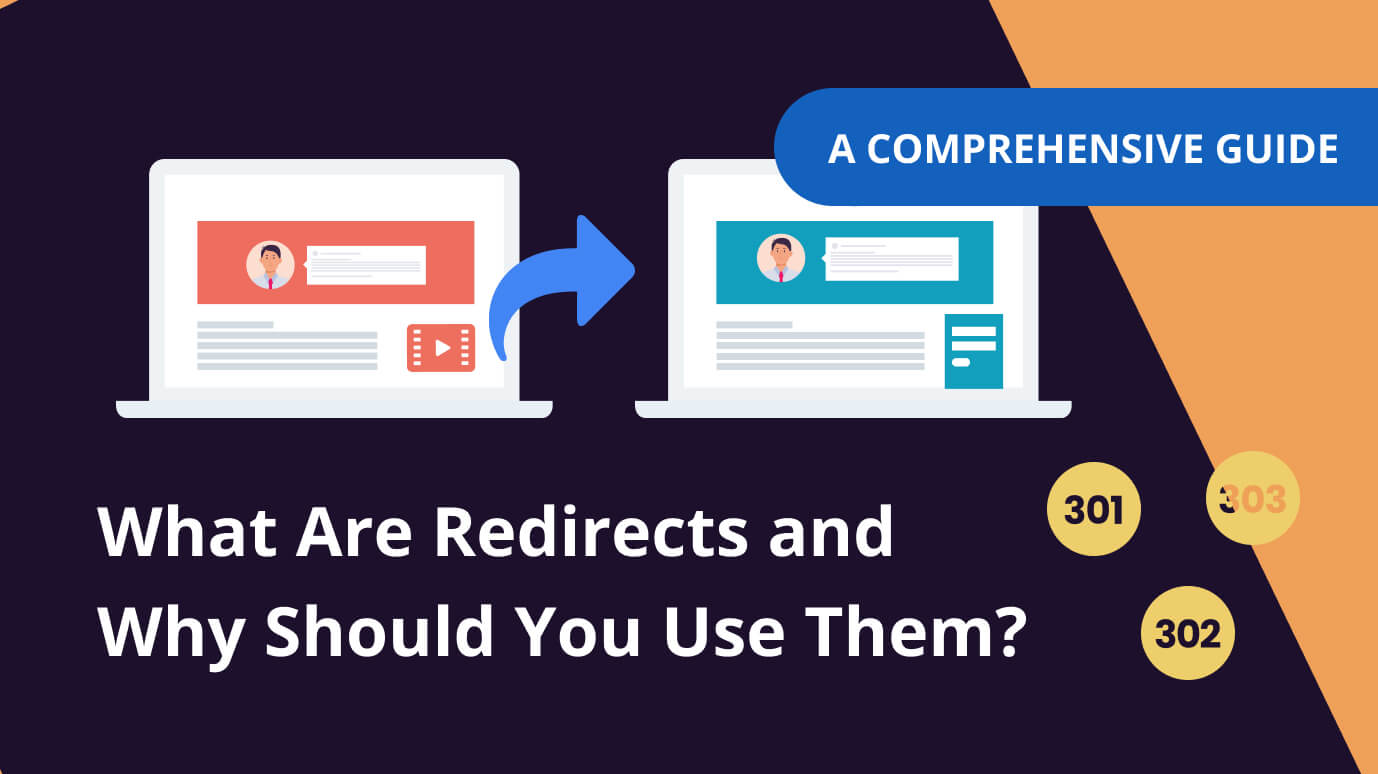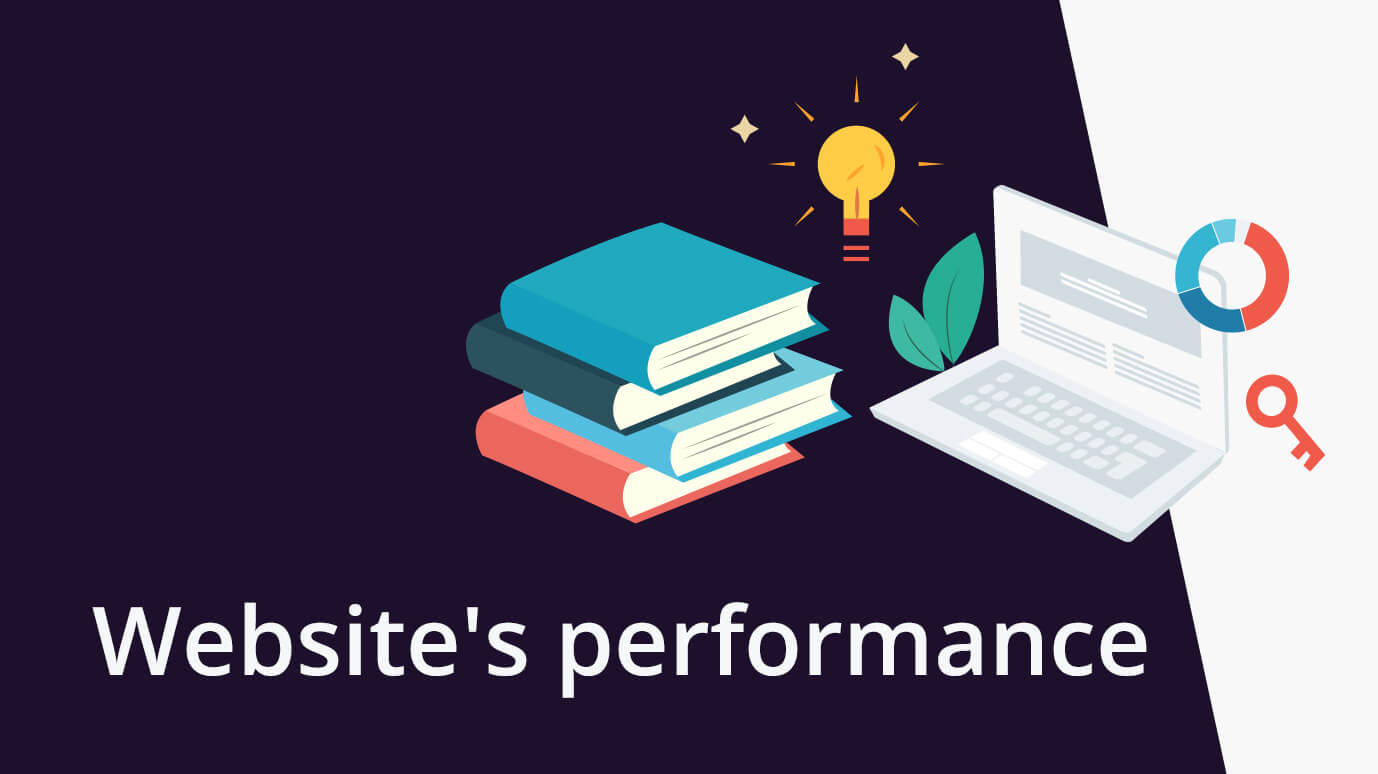
 8 min read
8 min readAdvanced SEO Techniques for E-commerce: Optimizing Existing Content
Introduction to SEO Optimization for E-commerce
SEO is a critical aspect of managing any e-commerce website. By leveraging advanced SEO techniques, businesses can enhance their online visibility, drive more organic traffic, and ultimately boost sales. Optimizing existing content is often overlooked but can yield significant benefits. This includes refining product descriptions, updating metadata, and optimizing every page for both search engines and user experience. In the context of e-commerce, where competition is intensive and every click counts, understanding and implementing effective SEO strategies can be the difference between thriving and merely surviving. Throughout this guide, we will delve into specific methods and tools that can help you identify underperforming product pages, optimize them, and even generate supplementary content to stay ahead in the crowded market.
Why Optimize Existing Content?
Optimizing existing content on e-commerce websites is an essential strategy for several reasons. Primarily, it is making your site more visible to potential customers. In the competitive world of e-commerce, higher visibility in search engine results can directly translate to increased traffic and sales. Often, product pages and descriptions are created quickly to get products listed, and they may not be fully optimized for SEO. Revisiting these pages to improve keyword integration, update metadata, and enhance copy quality can make a significant difference.
Furthermore, well-optimized content contributes to a better user experience. Customers are more likely to make purchasing decisions if they can easily find comprehensive, clear, and engaging information about products. This not only increases the likelihood of conversions but also reduces bounce rates as users find the content valuable and relevant. Effective content optimization also entails ensuring that older product pages, which may have dropped in search rankings, are updated to reflect current SEO best practices.
In addition, search engines favor sites that regularly update and improve their content, seeing them as more authoritative and relevant. By consistently optimizing your existing content, you can improve your site’s overall ranking and maintain a competitive edge. This process should be ongoing, as trends, algorithms, and consumer behaviors constantly evolve. Overall, optimizing existing content is a cost-effective way to significantly enhance your e-commerce site's performance both in search engines and from a user experience perspective.
Finding Underperforming Product Pages
Identifying underperforming product pages is a crucial first step in optimizing your e-commerce site. These pages might be dragging down your overall performance due to poor SEO, weak content, or lack of engagement. By pinpointing and addressing these issues, you can significantly improve your site's visibility and effectiveness.
Using On-site Data Explorer
An efficient method to detect underperforming pages is by using an Seodity On-Site Data Explorer. This tool allows you to conduct a thorough audit of your website, checking for pages that may be lacking in SEO attributes or have errors that need fixing. Start by configuring your On-Site audit and ensuring you have ownership of the website verified. The Data Explorer will then present a comprehensive view of each page, highlighting those with errors or those that do not meet SEO standards.
A practical feature of On-Site Data Explorer is the ability to filter URLs based on specific criteria. For example, by using a filter like “URL contains” followed by "product," you can quickly isolate product pages. This targeted approach helps in efficiently managing large e-commerce sites, ensuring that no product page is left unchecked.



Content Explorer Feature
Another valuable tool for identifying underperforming pages is the content explorer feature. This tool provides insights into how well each page is performing in terms of organic traffic. By filtering pages containing keywords such as "product" in the URL, you can assess which product pages are not performing as expected. Sort these pages by organic traffic to identify those that attract minimal visitors.
Once located, these underperforming pages can be examined for issues such as inadequate keyword usage, poor meta descriptions, or substandard copy. This diagnostic step is critical, as it informs the specific optimizations needed to enhance the page's performance. Tools like the Content Explorer make it easier to systematically address and uplift the weaker links within your e-commerce site.



Techniques for Optimizing Product Descriptions
Optimizing product descriptions is one of the most impactful ways to enhance both the search engine visibility and user experience of your e-commerce site. Effective product descriptions can entice potential customers, improve SEO rankings, and significantly boost conversion rates. Here are several techniques for optimizing your product descriptions:
- Keyword Integration: Identify and incorporate relevant keywords naturally within your product descriptions. This helps search engines understand the content and rank it accordingly. Use tools like Google Keyword Planner to find high-traffic, low-competition keywords related to your products.
- Unique and Compelling Copy: Avoid using manufacturer-provided descriptions verbatim, as these are often duplicated across multiple sites. Craft unique, compelling copy that highlights the unique selling points and benefits of your products. This not only helps with SEO but also engages your audience better.
- Detailed Specifications: Provide comprehensive details about the product, including size, dimensions, materials, and features. The more specific you are, the better. This level of detail helps in building trust with potential buyers and can also incorporate long-tail keywords that aid SEO.
- Customer-Centric Language: Use language that speaks directly to your target audience. Focus on how the product solves a problem or enhances the customer’s life. Shifting the perspective from product-centric to customer-centric can make the descriptions more relatable and compelling.
- Multimedia Integration: Enhance your product descriptions with high-quality images, videos, and infographics. Visuals not only make the description more engaging but can also provide additional SEO benefits through image alt texts and captions.
- Clear Calls to Action: Include a clear and persuasive call to action (CTA) that encourages visitors to make a purchase or engage further. Phrases like “Buy Now,” “Learn More,” or “See More Details” can be effective in driving conversions.
- SEO Best Practices: Make sure to optimize meta descriptions, headers, and URLs. These elements should include primary keywords and provide a clear, concise summary of the product page. Use structured data markup to help search engines understand the content better and potentially enhance listings with rich snippets.
- User-Generated Content: Incorporate customer reviews and ratings directly within your product descriptions. This user-generated content adds authenticity and can significantly influence purchasing decisions. Additionally, it provides fresh content that can improve SEO rankings.
- Regular Updates: SEO is not a one-time task. Regularly update your product descriptions to reflect new trends, keywords, and customer feedback. Keeping content fresh and relevant helps maintain strong search engine rankings and improves user experience.
By implementing these optimization techniques, you ensure that your product descriptions are both search engine-friendly and user-centric. This dual focus can greatly enhance your e-commerce site’s performance, leading to increased traffic, higher conversion rates, and better overall customer satisfaction.

Optimizing Product Pages using Seodity AI Content Editor
With the Seodity AI Content Editor at your disposal, you only need to paste the URL of your underperforming product page, select "Content Type" as Product Description from the given options, and the advanced AI Content Editor will significantly enhance and optimize your product page for better performance. Incorporating the latest SEO best practices, this tool ensures accuracy and relevancy, relying on credible sources and expert recommendations. Say goodbye to burdensome editing as Seodity simplifies the process with clear, concise language, making your product descriptions not only appealing to search engines but also engaging to customers. The outcome is a compelling, user-friendly product page that captures reader interest, spurs conversions, and improves overall search engine visibility.




Generating Additional Content
Generating additional content from your existing e-commerce product pages can be an effective strategy to enhance your online presence, improve SEO rankings, and provide more value to your customers. By leveraging the detailed information already available on your product pages, you can create engaging blog articles, social media posts, and other forms of content that drive traffic and increase user engagement.
One practical method is to transform detailed product descriptions into blog articles. This not only offers more content for search engines to index but also provides additional value to your customers in the form of how-to guides, product comparisons, and use-case stories. For example, a comprehensive product page detailing the features of a high-quality hiking jacket can be repurposed into a blog post on “Top 10 Essential Gears for Mountain Hiking,” incorporating the product as a key item in the list.
Using an AI content editor can streamline this process significantly. By inputting the URL of an optimized product page into the content editor, you can generate a structured blog outline that includes relevant headers and sub-headers. The tool can help you craft engaging content that aligns with search intents, such as informational or commercial, ensuring that the new articles are tailored for maximum impact.
Additionally, you can generate social media posts that highlight key features, customer reviews, and promotional offers related to your products. Short, engaging snippets pulled from your product pages can be shared on platforms like Facebook, Instagram, and Twitter to attract more followers and drive traffic back to your site. This not only increases visibility but also encourages social sharing and user interaction.
Regularly updating and expanding your content through these methods helps keep your website fresh and relevant. Search engines favor sites that continually provide new and valuable content, thus helping to maintain or improve your rankings. Moreover, diversified content formats cater to different audience preferences, whether they prefer in-depth articles, quick social media updates, or visual content.
Conclusion
Optimizing your e-commerce website's existing content is not a mere enhancement but an essential strategy for achieving increased visibility, higher user engagement, and ultimately greater sales. Through the use of both on-site and content exploration tools, you can identify underperforming product pages, diagnose issues, and effectively optimize them for improved performance. By applying advanced SEO techniques such as detailed keyword integration, compelling copywriting, and regular updates, your product descriptions can become more engaging and search engine friendly.
Additionally, generating additional content from your existing product pages—such as blog posts and social media snippets—can further amplify your online presence and provide continual value to your audience. This diverse range of content not only keeps your website relevant in the eyes of search engines but also caters to different user preferences, enriching their overall experience. Overall, a thorough and strategic approach to content optimization ensures that your e-commerce site remains competitive, user-centric, and optimized for long-term success.
Watch our webinar

Co-founder of Seodity
.svg)












